This badge represents independent contributors who have met NewsBreak’s standards for quality, along with adhering to policies, requirements, and editorial guidelines.
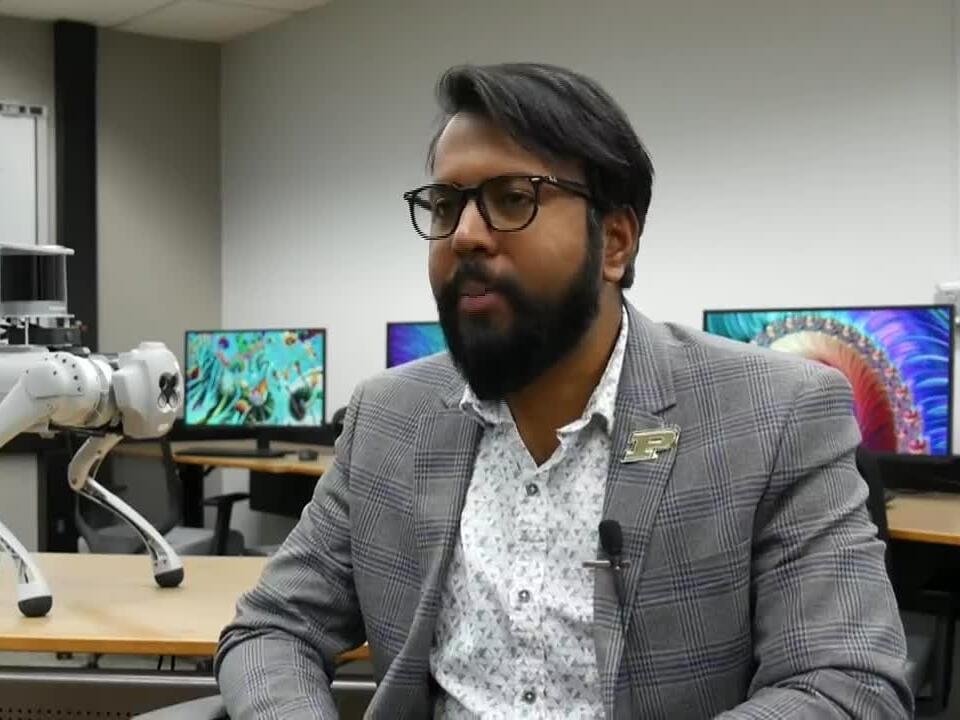


Summary: Two distinct networks in the frontal and temporal lobes become activated and work in unison to integrate the meaning of words in order to obtain a higher-order and more complex meaning when reading.
Source: UT Houston.
When a person reads a sentence, two distinct networks in the brain are activated, working together to integrate the meanings of the individual words to obtain more complex, higher-order meaning, according to a study at UTHealth Houston.
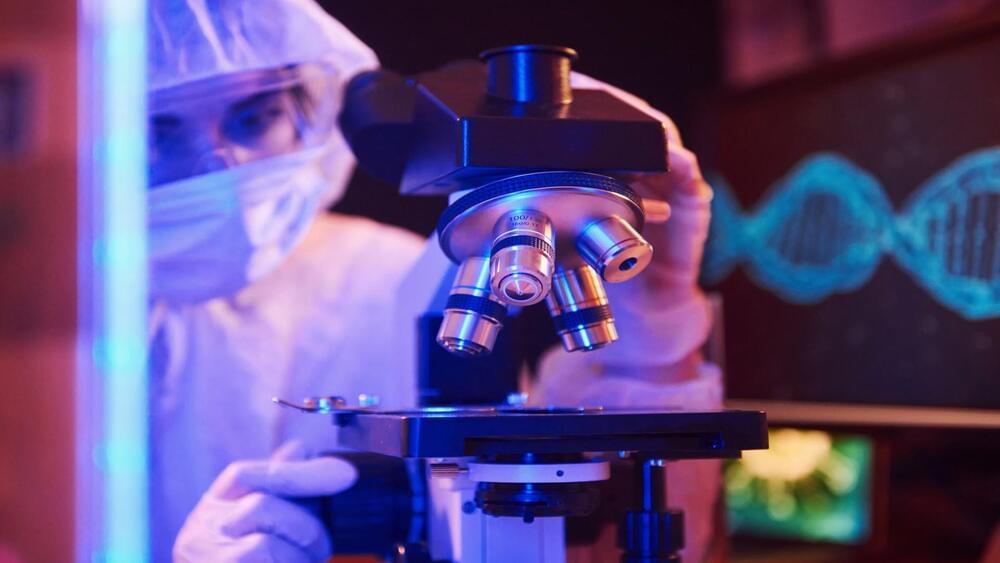
New research claims to have created an artificial pathologist.
There’s no denying that early detection of cancer improves the survival rate of a patient. Its diagnosis, which is carried out by detecting changes in the cell size, shape, or form, is pivotal to the pathology of the disease.
Now in most cases, doctors need to do a biopsy to be sure a patient has cancer. The analysis of solid tissue biopsies is commonly done in the middle of a medical operation by trained pathologists. This expert analysis requires pathologists to perform multi-step processes and inspect the tissues under a microscope, all while the patient lies on the operation table. This process, more often than not, takes a lot of time, resources, and labor.
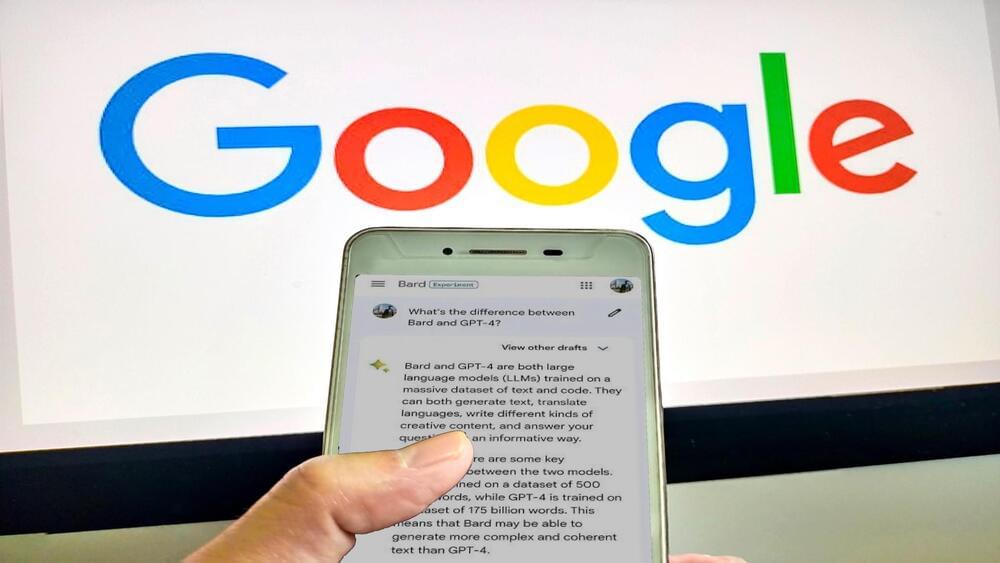
World’s biggest search engine threatened by competition from Microsoft’s Bing.
Google is synonymous with the internet. Millions throng to the search engine every day. From catching up on what’s happening in the world to discovering how to dye your cat green, Google has the answer to everything.
So, it was only a matter of time before the tech giant integrated its widely used search engine with artificial intelligence. This was inevitable, with almost all major tech companies dashing to cash in on the expanding AI space. It has already launched an AI-powered chatbot called Bard, similar to ChatGPT.

A song featuring the voices of Drake and The Weeknd called “Heart On My Sleeve” has amassed over 250,000 Spotify streams and 10 million views on TikTok. But the two renowned musicians had nothing to do with the song — an artist going by the name “ghostwriter” generated the song using AI.
Drake and The Weeknd have not yet responded to the song, but Drake recently commented on AI-generated music that rips off his voice. When Drake noticed an AI model of himself singing “Munch” by Ice Spice, he wrote on his Instagram story, “This is the final straw AI.” It’s possible he was messing around, but he would be far from the first major artist to take issue with the rising count of deepfake songs.
In 2020, Jay-Z’s agency Roc Nation submitted copyright strikes against YouTube uploads of AI-generated Jay-Z deepfakes, but YouTube ended up reinstating the videos. And just last week, the same thing happened to Eminem; UMG, which represents both of these rappers, issued a copyright strike on AI-generated YouTube videos of Eminem rapping about cats.
😗
Self-driving cars are taking longer to arrive on our roads than we thought they would. Auto industry experts and tech companies predicted they’d be here by 2020 and go mainstream by 2021. But it turns out that putting cars on the road without drivers is a far more complicated endeavor than initially envisioned, and we’re still inching very slowly towards a vision of autonomous individual transport.
But the extended timeline hasn’t discouraged researchers and engineers, who are hard at work figuring out how to make self-driving cars efficient, affordable, and most importantly, safe. To that end, a research team from the University of Michigan recently had a novel idea: expose driverless cars to terrible drivers. They described their approach in a paper published last week in Nature.
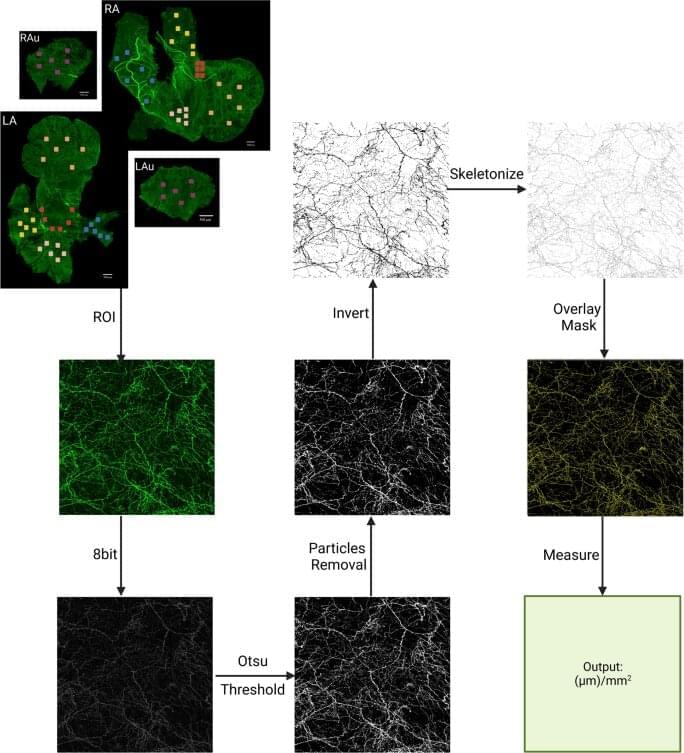
A team of UCF College of Medicine researchers has created a digital topographical map of the cardiac sympathetic neural network, the region that controls the body’s heart rate and its “fight-or-flight” response. They hope this map will eventually serve as a guide to treat cardiovascular conditions using bioelectronic devices.
The study, led by Dr. Zixi Jack Cheng, a neuro-cardiovascular scientist, was published in the Scientific Reports journal and was the project of an interdisciplinary team of researchers from UCF along with several other institutions as well as industry partners MBF Bioscience and SPARC Data and Resource Center.
“This mapping goes beyond what you can find in a textbook,” Dr. Cheng said. “This is a digitized brain–heart atlas that will be interactive. We hope it will serve as a guide not only for scientists and physicians, but also for students as they learn the neuroanatomy of the heart.”
This post is also available in:  עברית (Hebrew)
עברית (Hebrew)
Researchers from John Hopkins University together with Dr. Brett Kagan, chief scientist at Cortical Labs in Melbourne, have recently led the development of the DishBrain project, in which human cells in a petri dish learnt to play Pong.
The team claims that biological computers could surpass today’s electronic computers for certain applications while using a small fraction of the electricity required by today’s computers and server farms.
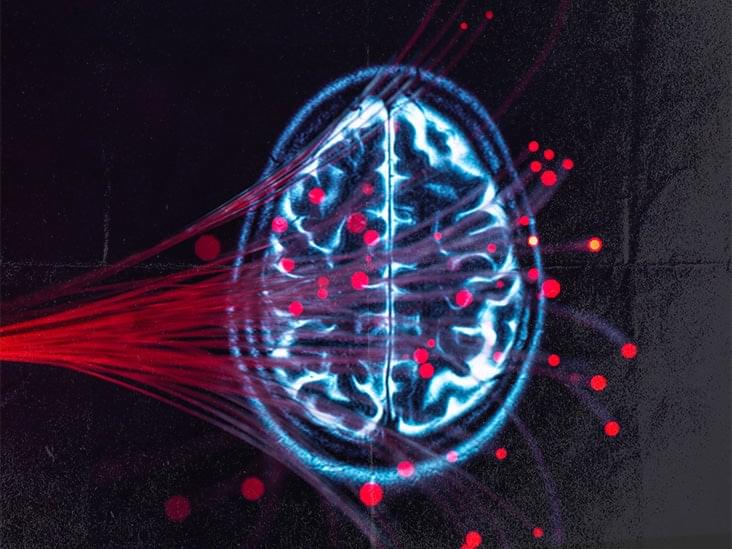

A vertical farm built inside a greenhouse in Texas can produce hundreds of thousands of heads of lettuce with significantly less energy than usual.